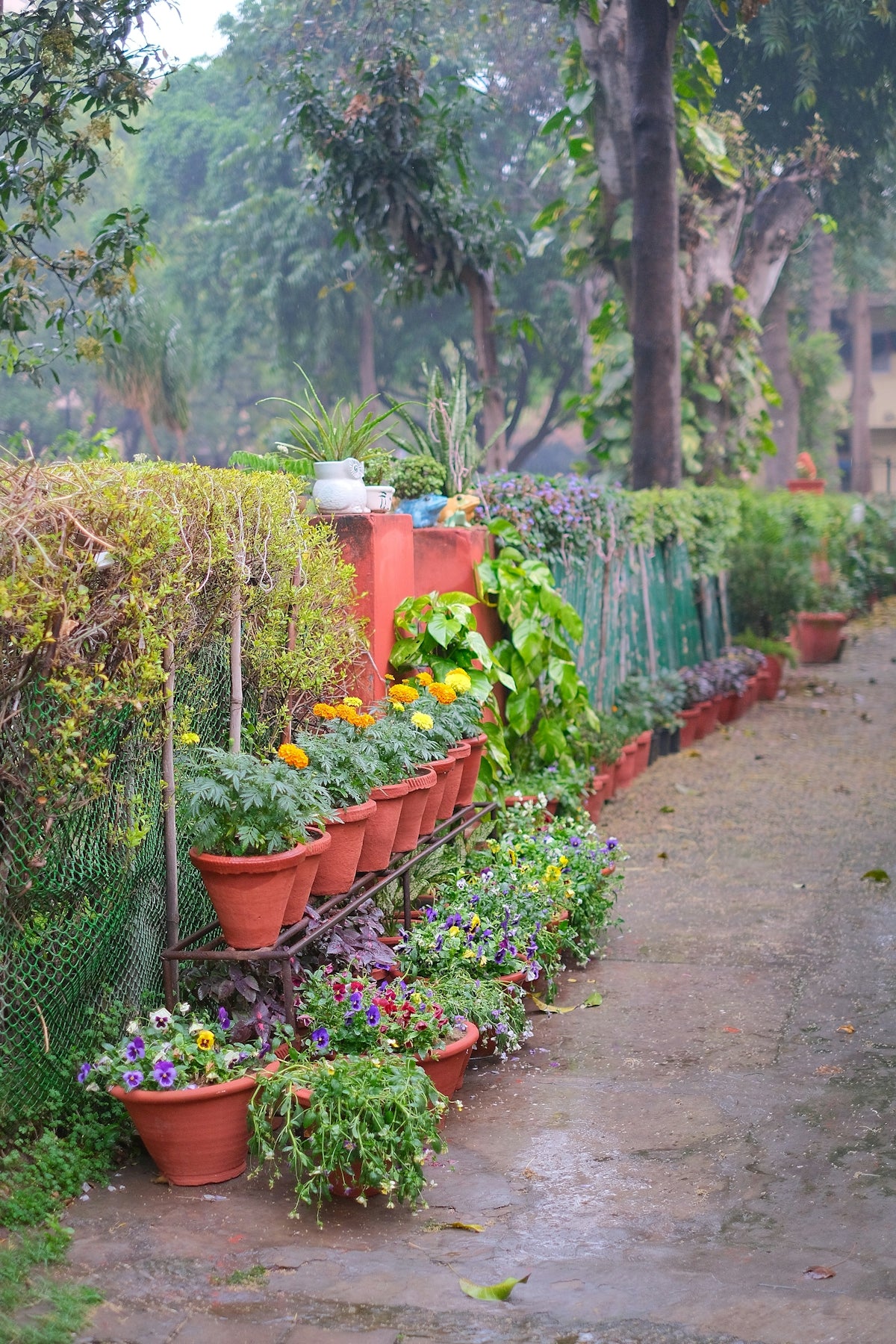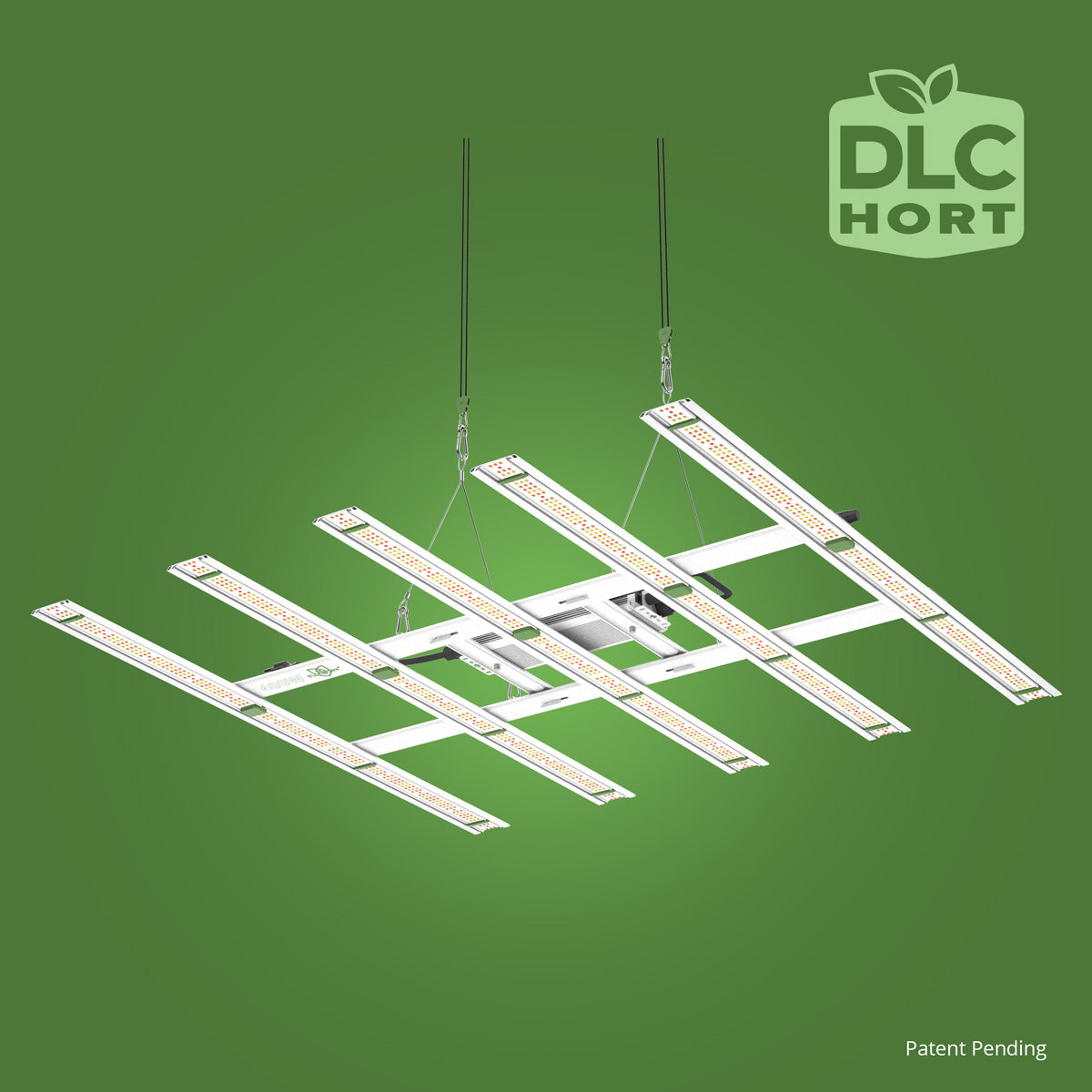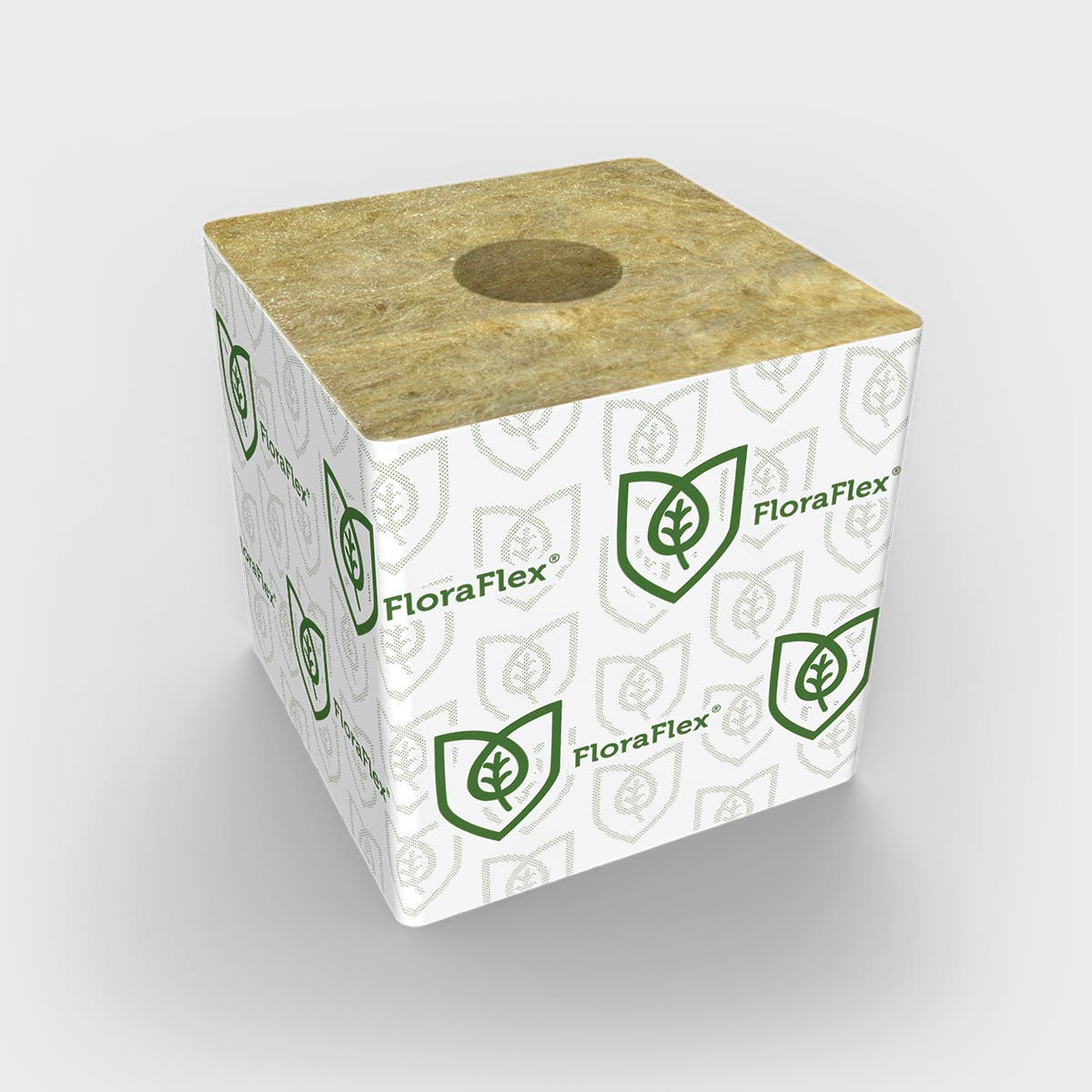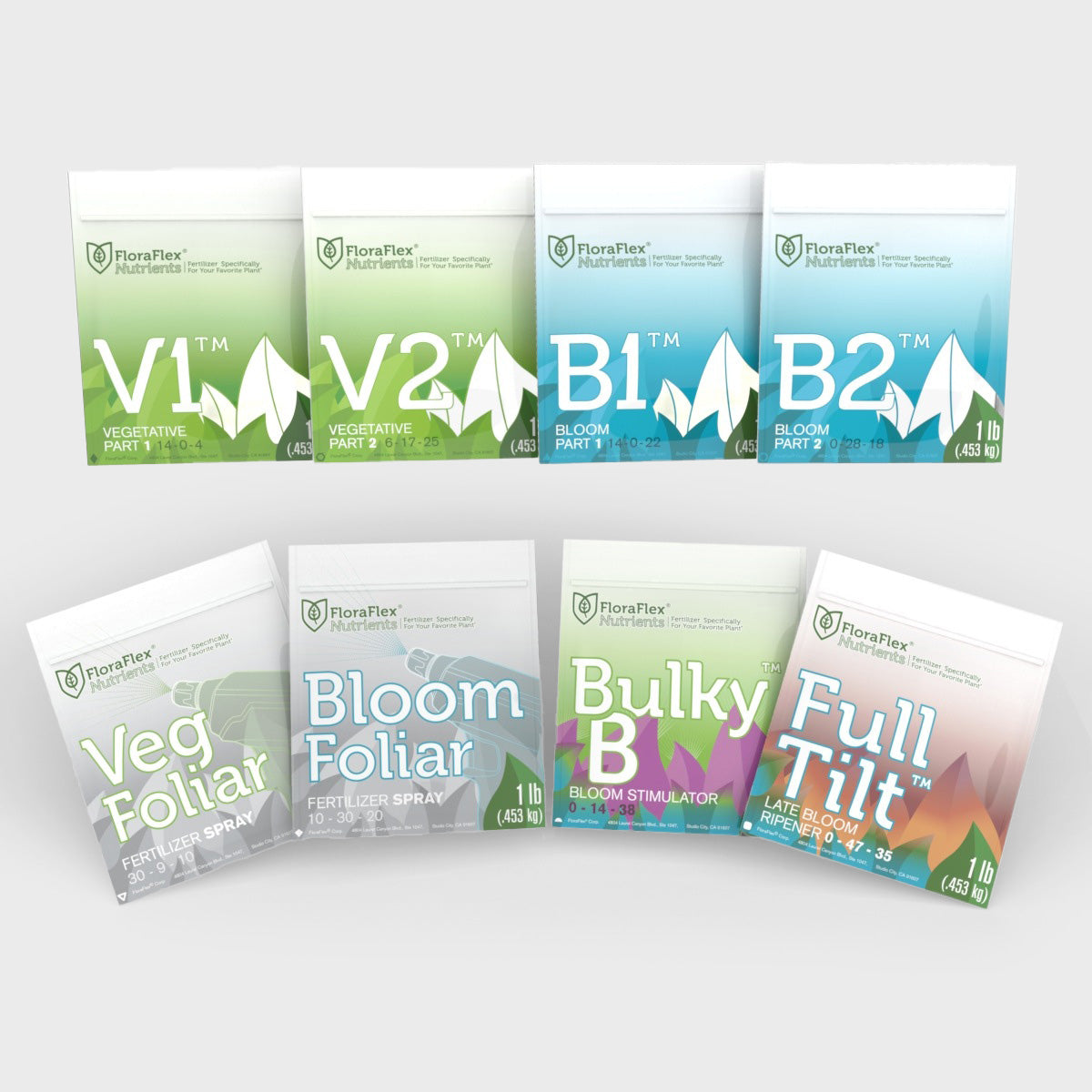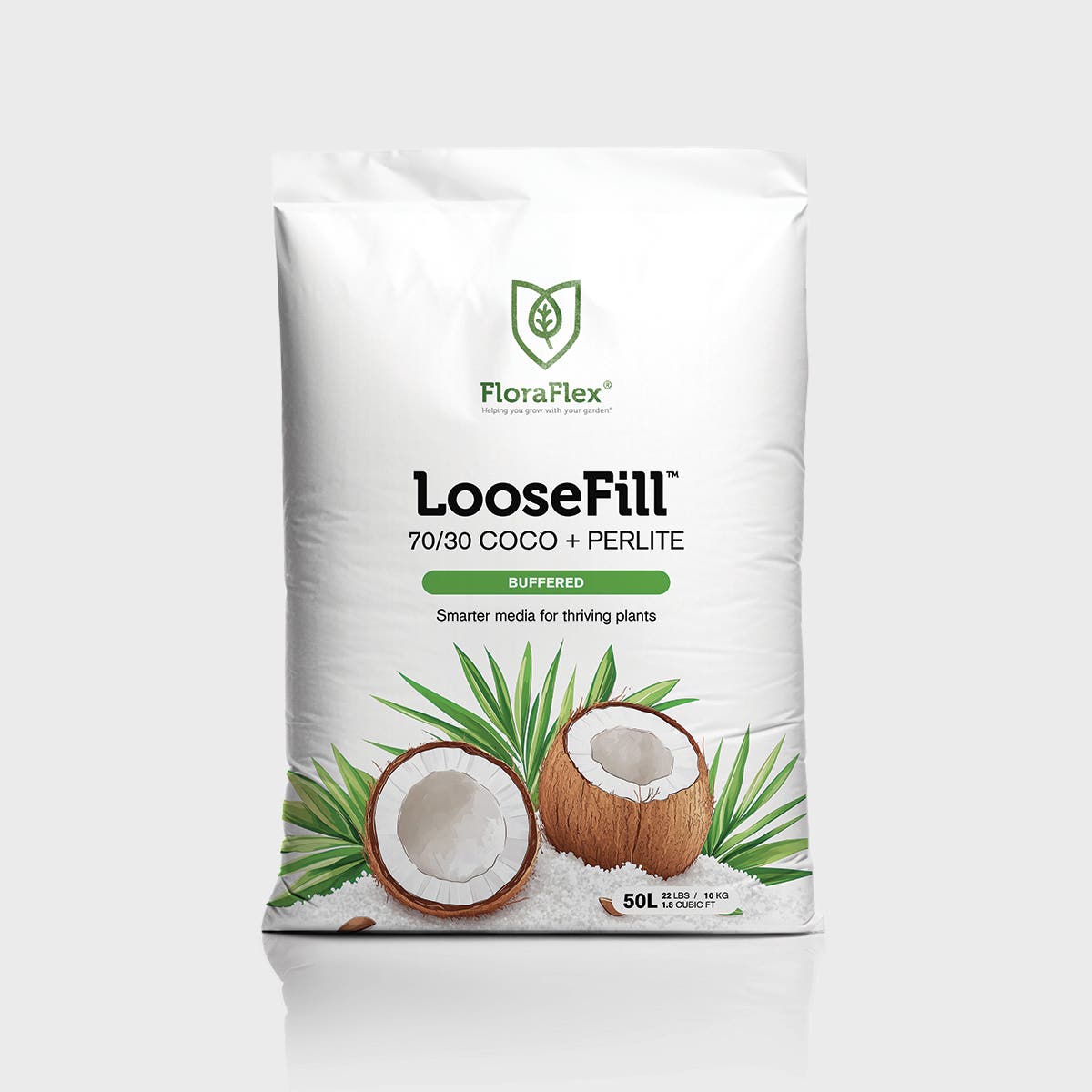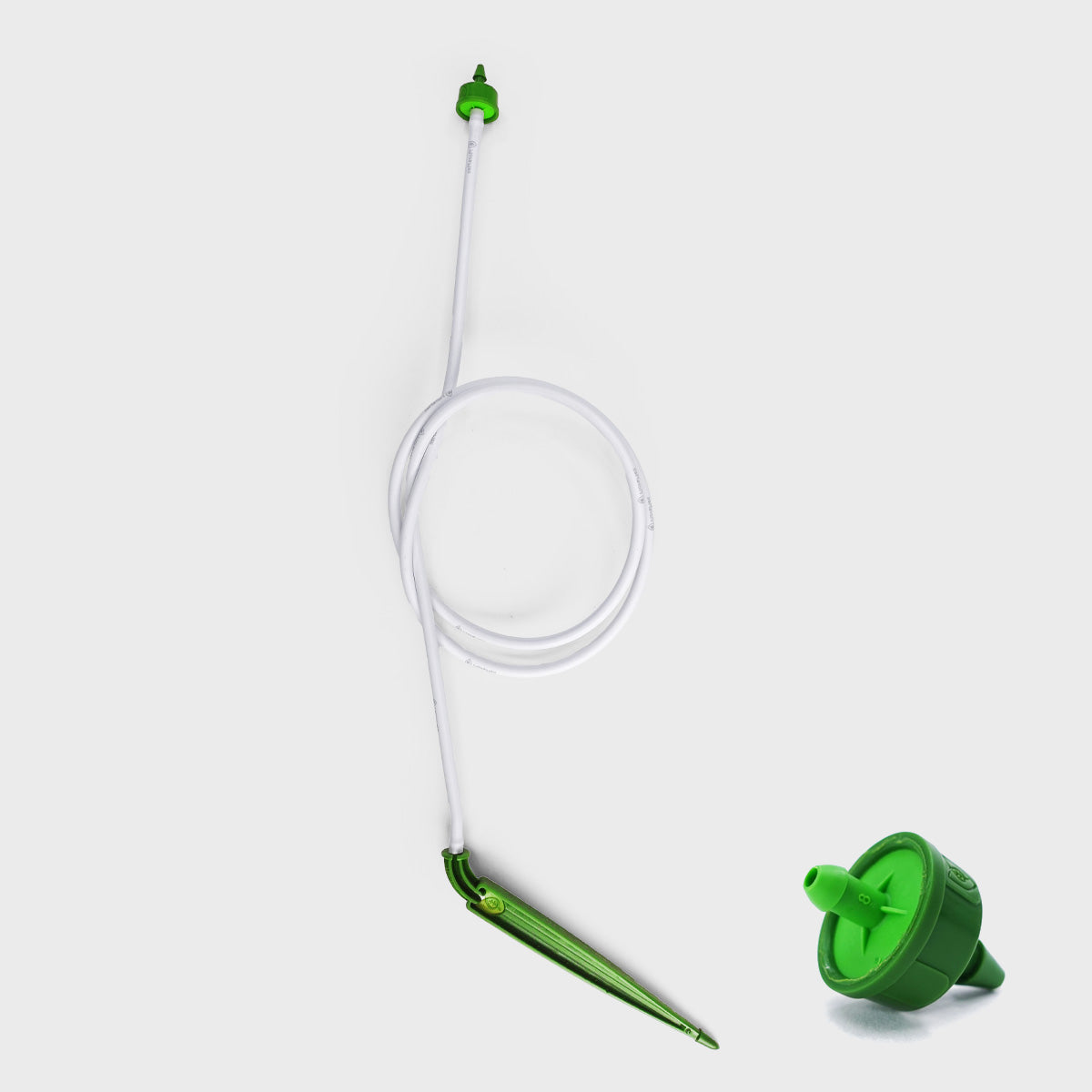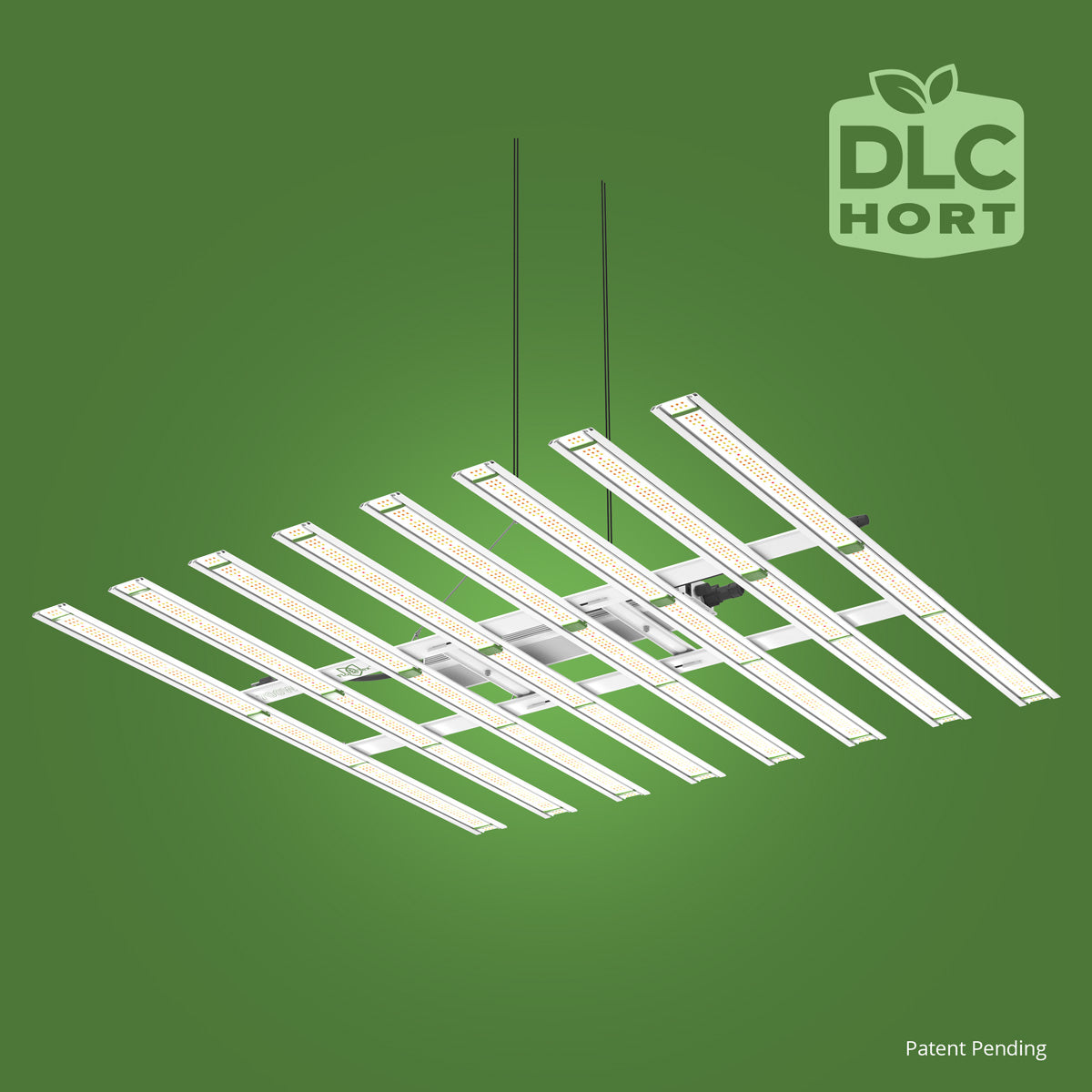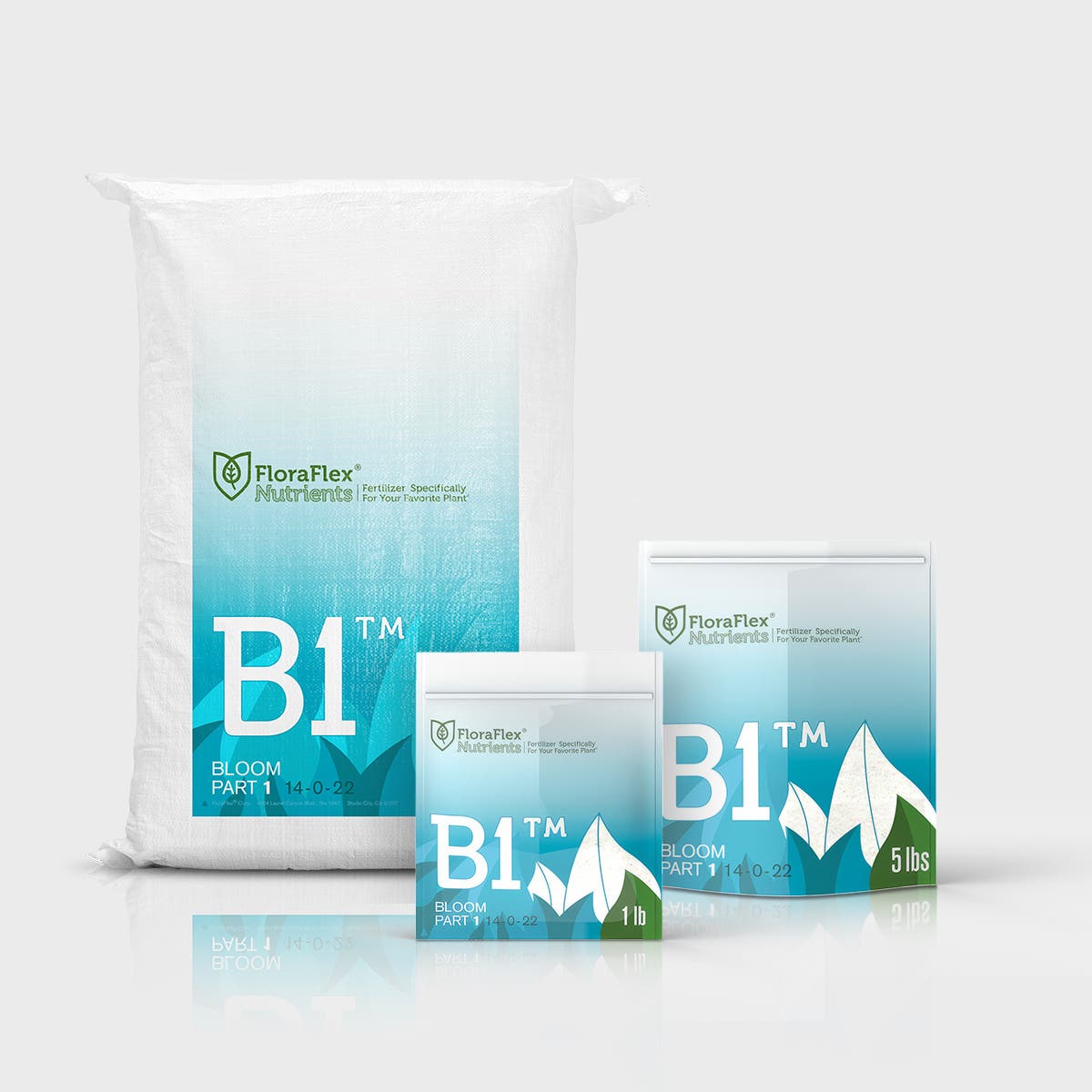Creating a pollinator-friendly garden is a rewarding endeavor that invites a burst of life to your backyard. By cultivating plants and flowers that attract bees, butterflies, and other pollinators, you contribute significantly to the ecosystem. Whether you're an experienced gardener or a novice embarking on this joyous journey, these essential tips will guide you towards crafting a vibrant haven for our buzzing friends.
Choose the Right Plants
Selecting the appropriate plants is crucial for attracting pollinators. Consider native flowers and plants which are well adapted to your local climate and provide the necessary nectar and pollen. Some excellent choices include Lavender, Coneflowers, Bee Balm, and Sunflowers. Remember to choose a variety of plants that bloom at different times of the year to ensure a continuous food source.
Create Diverse Planting Areas
Diversity in your garden makes it more attractive to a wider range of pollinators. Different pollinators are drawn to various shapes, sizes, and colors of flowers. Mix flowering plants with herbs and grasses to create a dynamic and alluring environment. Clumps of similar plants make it easier for pollinators to forage, boosting their efficiency and your garden's allure.
Use Eco-Friendly Pest Control
Pollinators are sensitive to chemicals found in many traditional pesticides. Opt for eco-friendly pest control methods to keep your garden thriving without harming beneficial insects. Companion planting and natural predators, like ladybugs, can naturally manage pests.
For precise and eco-friendly applications in small areas, consider using a 1.5L Pump Sprayer. It's perfect for applying organic fertilizers or simple water solutions to your plants, ensuring you nurture your garden responsibly.
Provide Water Sources
Pollinators such as butterflies and bees need access to water, especially during hot and dry spells. A shallow dish filled with water and rocks will suffice. Rocks provide a safe landing spot where these small visitors can drink without risk of drowning.
Incorporate Shelter
Pollinators also need places to rest and take shelter, particularly during adverse weather conditions. Incorporate features like small brush piles, a bee hotel, or areas with undisturbed soil for ground-nesting bees. These elements not only offer refuge but also encourage more pollinators to visit your garden regularly.
Eliminate or Reduce Lawn Space
Traditional lawns offer little to no resources for pollinators. Consider reducing the expanse of lawn in favor of flowering plants or wildflower patches. This transition not only supports your pollinator garden but can also reduce water usage and the need for fertilizers.
By following these actionable steps, you can create a thriving pollinator-friendly garden that sustains an array of beneficial creatures. These efforts not only help the environment but also bring a touch of nature's beauty to your home.
For more gardening tools and tips, visit FloraFlex.

